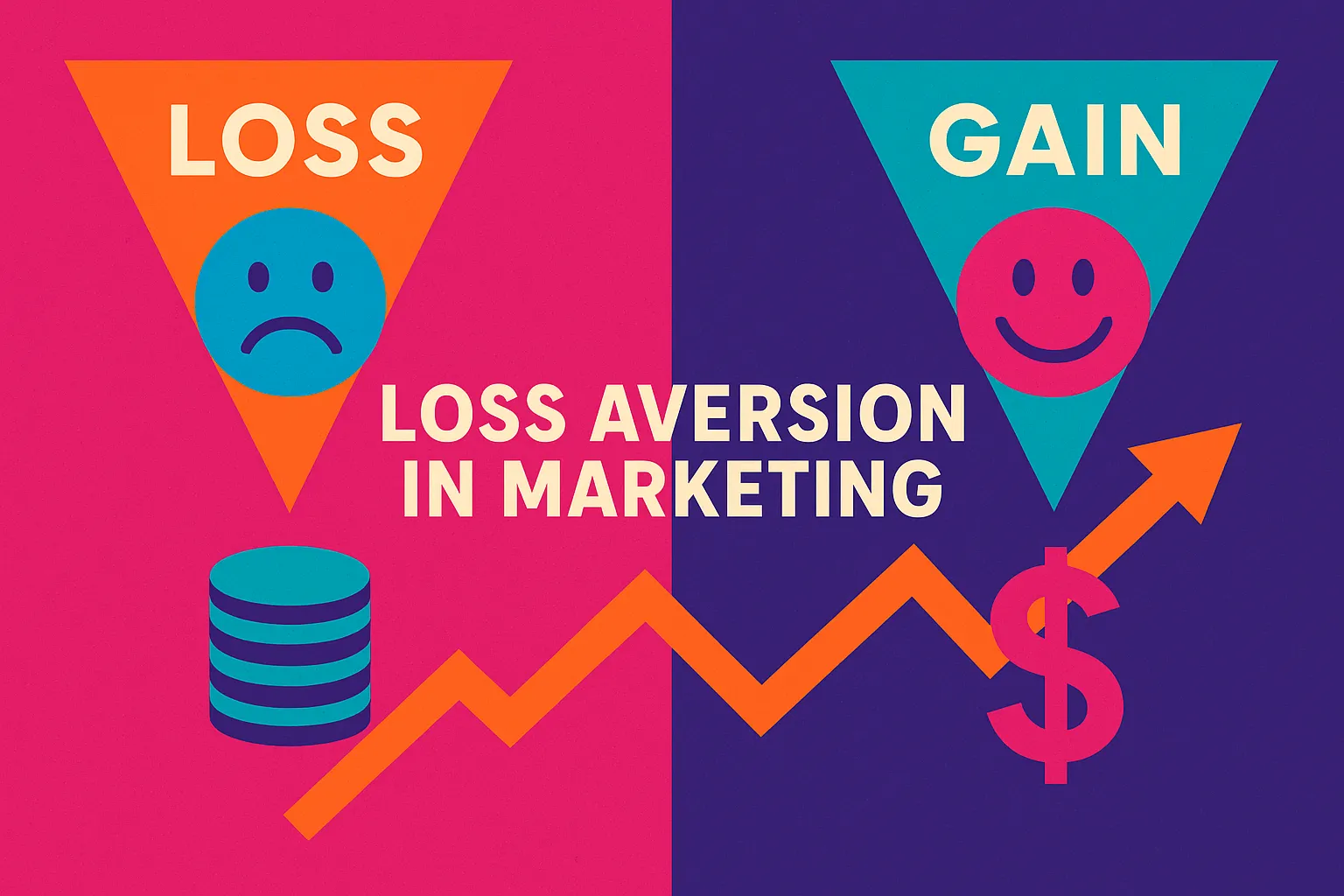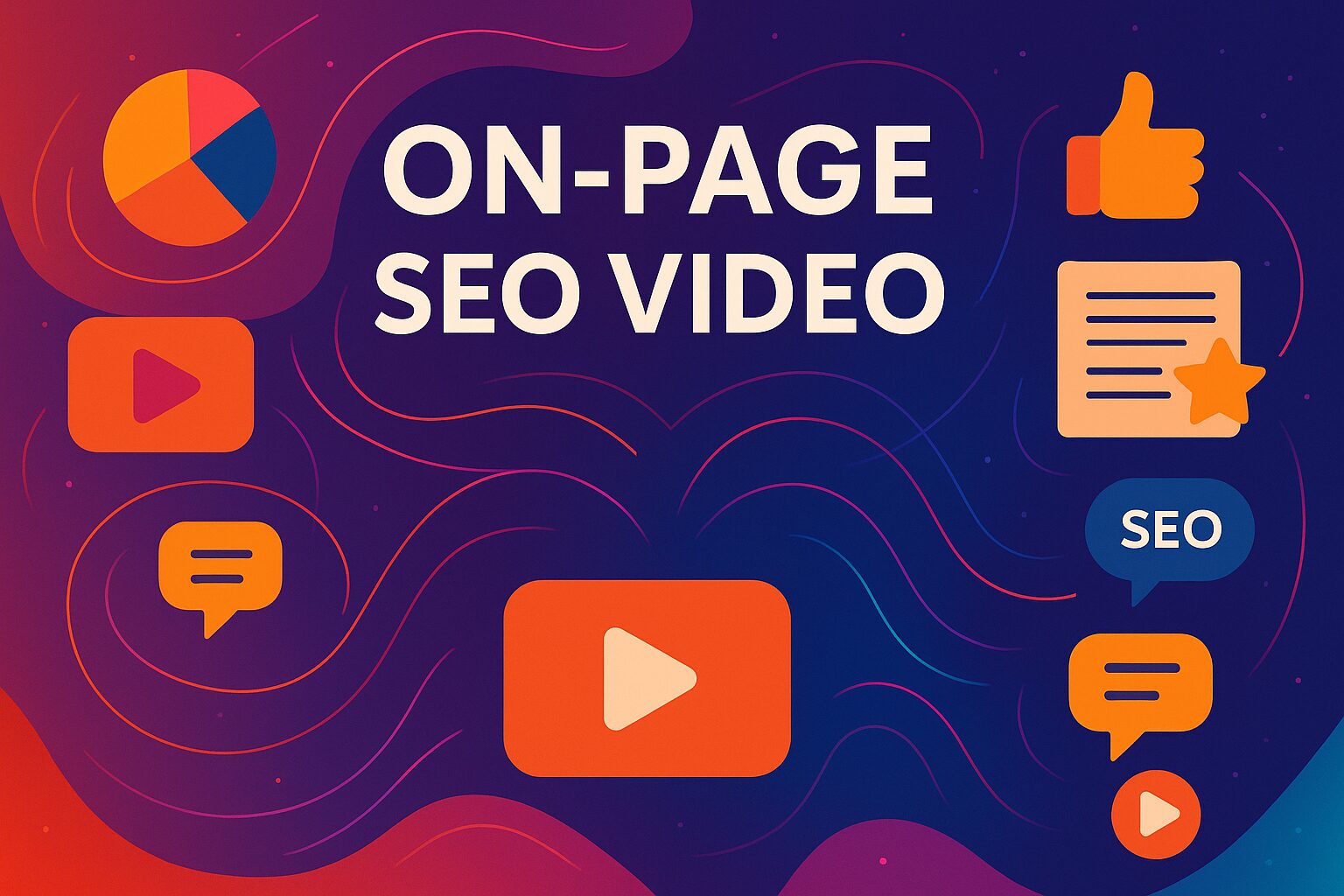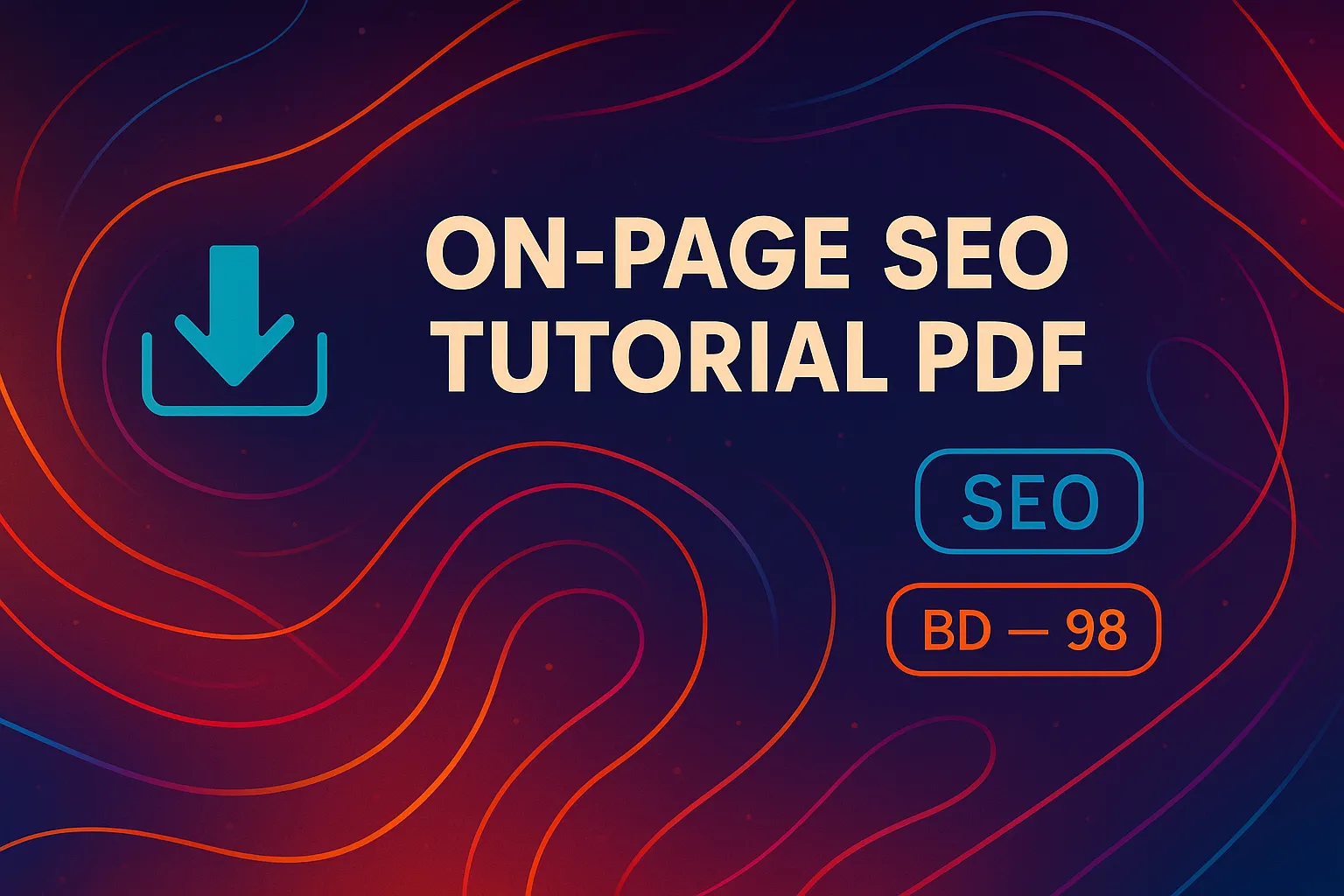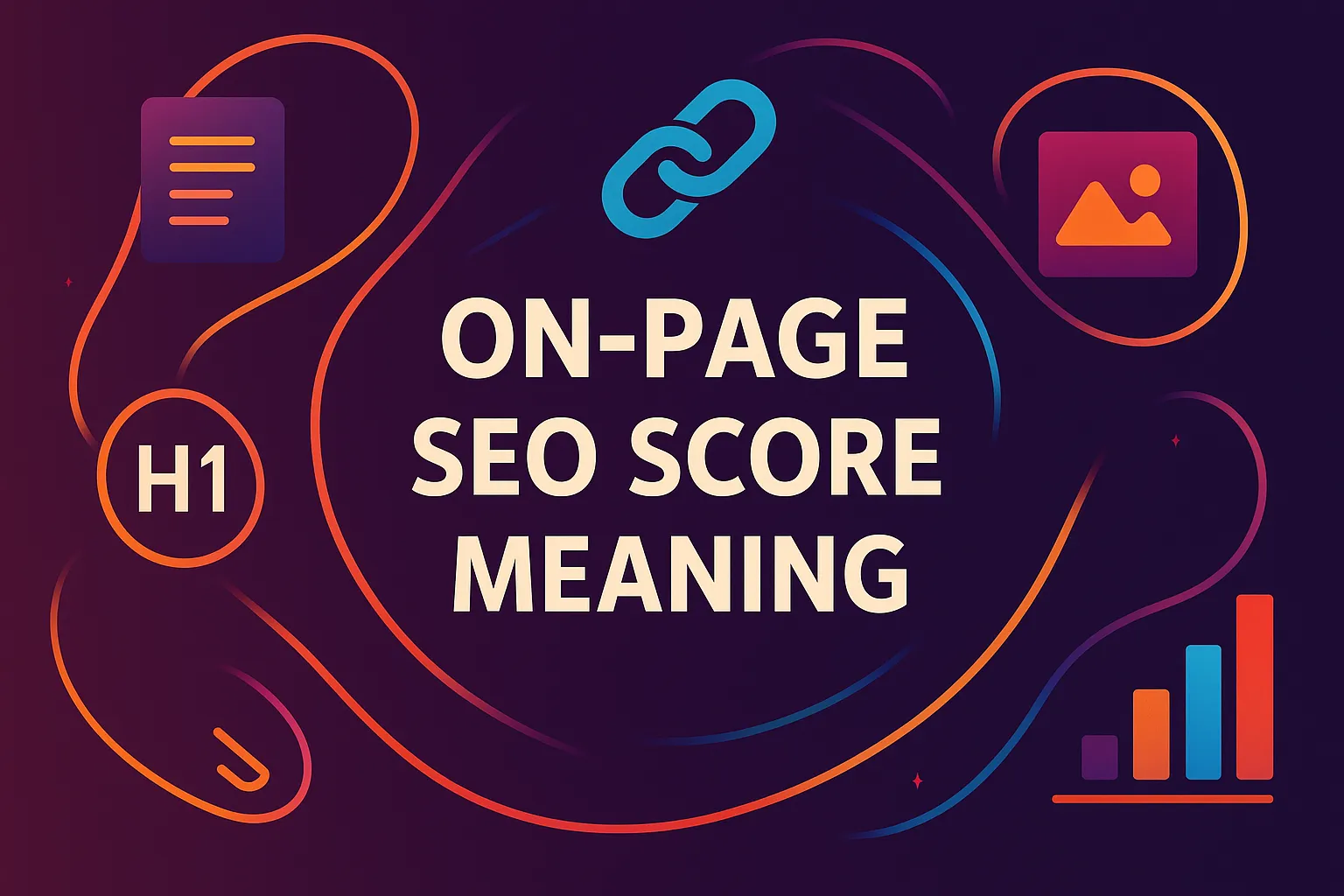What Is Loss Aversion in Marketing?
Loss aversion in marketing is a strategy based on a psychological insight: people are more motivated to avoid a loss than to receive an equal gain. It means that if you tell someone they might lose out on something, they’ll take action faster than if you simply tell them what they’ll gain.
The idea comes from behavioral economics, where it’s been shown that losses feel twice as painful as the joy from gains. In marketing, that changes everything.
Instead of saying, “Buy now and save 20%,” we might say, “Don’t miss out—your 20% discount ends tonight.” That small shift in language can completely change the outcome of a campaign.
At Vibe Branding, we’ve spent over a decade building brands and campaigns that connect with real human emotion. When we first started experimenting with loss aversion in marketing, we saw a noticeable bump in engagement.
People responded quicker, clicked more, and converted at higher rates when we tapped into what they might lose. Over time, this became a tool we reach for regularly—especially when helping our clients stand out in crowded, competitive markets.
Loss aversion doesn’t just work in theory. We’ve seen it in our numbers, our results, and the reactions from customers.
TL;DR – Quick Summary
- Loss aversion in marketing means people fear losing something more than they enjoy gaining something of equal value.
- At Vibe Branding, we’ve used this concept in real campaigns to improve results dramatically.
- Real-world examples show that loss-framed messaging performs better than gain-framed messaging.
- Brands like Amazon, Booking.com, and Spotify use this tactic every day to increase conversions.
- The psychology behind it is backed by behavioral science and proven field studies.
- This blog includes actual data, stories from our work, and practical takeaways for business owners.
Why It Works: The Psychology of Loss
After working with dozens of brands and hundreds of campaigns, I’ve learned one big truth—people are more afraid of losing something than excited to gain something. That’s the core of loss aversion in marketing, and it’s backed by decades of research.
Psychologists like Daniel Kahneman found that losing $100 feels about twice as bad as gaining $100 feels good. This isn’t just opinion.
It’s measurable. It’s repeatable.
And most importantly, it’s useful. In our own campaigns, we’ve watched customers hesitate over discounts and bonuses.
But once we added phrases like “Offer ends today” or “Only 3 left in stock,” everything changed. Suddenly, people acted fast.
They didn’t want to lose the deal. That’s not a trick.
That’s just how humans are wired. When we write copy, design ads, or build landing pages, we think about what the customer might lose.
Their time. Their money.
Their spot in line. Their chance to save.
The urgency becomes real. And the message sticks.
This effect is stronger when something feels personal. If a customer already “has” something—even temporarily, like during a free trial—they don’t want to give it up.
That’s why tools like countdown timers and “you’ll lose access” messages are so powerful. You’re not just giving people something to gain—you’re reminding them of what they’ll regret losing.
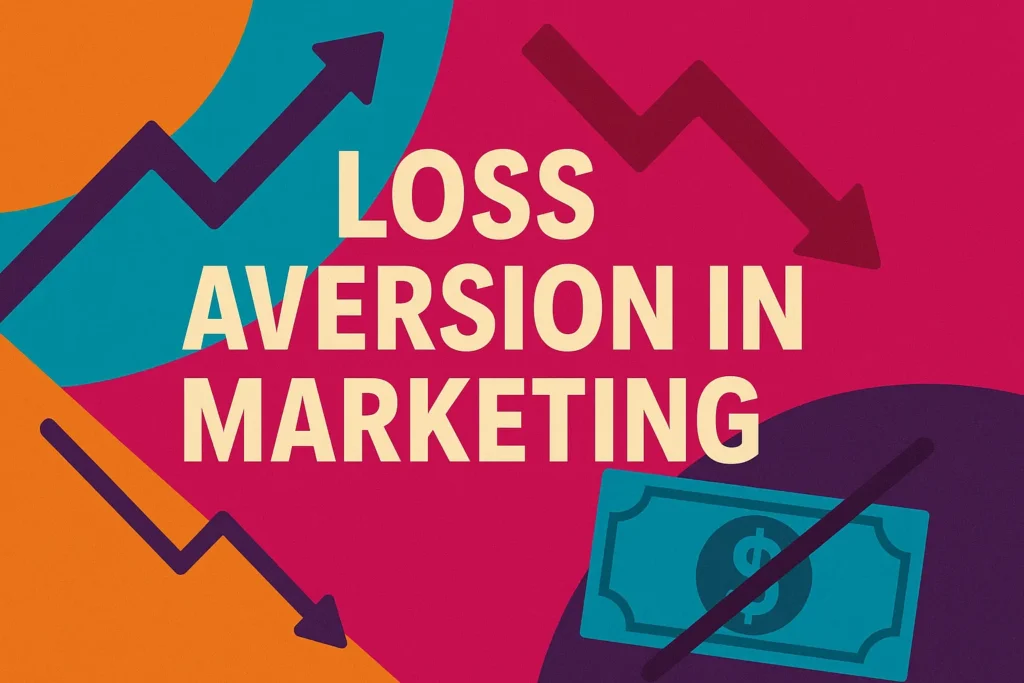
Real Campaign Wins from Loss-Based Framing
One of the earliest times we used loss aversion in marketing was with an ecommerce brand that sold organic skincare. We ran two versions of a campaign.
The first said, “Get 15% off your order.” The second said, “Your 15% discount expires tonight—don’t lose it.”
Same offer. Same audience.
But the second version drove 42% more sales. That was our proof in the early days, and we’ve used that lesson again and again across industries.
Another time, we worked with a digital subscription service. People were abandoning their carts during the free trial sign-up.
So, we restructured the messaging to say, “Your free access ends in 24 hours—don’t lose your progress.” That campaign not only reduced drop-offs, it actually increased trial-to-paid conversions by 37%.
When people saw what they might lose (their progress, their trial access, their spot), they acted. That’s the power of framing.
We’ve used similar tactics with retailers, coaches, and even B2B SaaS companies. Sometimes we add loss framing to email subject lines: “Don’t let this offer expire.”
Sometimes it’s built into a retargeting ad: “Still thinking it over? You’re about to miss out.” With every variation, we monitor the numbers and optimize the language.
And in most cases, when done right, the loss-framed messages outperform their gain-framed versions. Not always by a little.
Sometimes by a lot.
Brands That Master Loss Aversion (and How You Can, Too)
We’re not the only ones using this strategy—some of the biggest companies in the world rely on loss aversion in marketing to boost results. Amazon, for instance, uses urgency bars, countdown timers, and “Only 2 left” notices on product pages.
That’s loss aversion baked right into the buying experience. You’re not just shopping.
You’re racing not to lose the deal. Booking.com does something similar.
Their alerts like “Only one room left at this price” tap into FOMO so well, it’s hard not to click “Book now.” Spotify and Netflix use free trials with a twist: once you’ve experienced ad-free music or premium shows, losing that access feels painful.
We’ve even helped smaller software brands do this. During a trial period, we show a dashboard with locked features and label them “This feature expires in 2 days.”
It’s subtle, but it works. By showing people what’s slipping away, you shift their attention to action.
They don’t want to lose the experience they’ve started enjoying. That’s where conversions come from—not just what people want, but what they don’t want to lose.
Even insurance companies do this well. Instead of just talking about the benefits of coverage, they talk about the cost of not being covered.
Losing a home. Losing savings.
Losing peace of mind. These aren’t scare tactics—they’re real risks.
And when you present them honestly and respectfully, people respond.
The Science Behind the Strategy (With Data)
We’re big believers in testing everything. That’s why we don’t just trust our instincts—we look at data.
One of the most well-known studies on this topic involved homeowners being offered insulation. One group was told they’d save money by insulating.
Another group was told they’d lose money if they didn’t. The result?
The “loss” group was 56% more likely to insulate. That’s not a small bump.
That’s huge. Here’s a quick breakdown of real data comparing gain-framed and loss-framed messaging across industries:
Industry | Message Type | Conversion Lift (%) |
Skincare Ecommerce | Loss-Framed | +42% |
SaaS Free Trial | Loss-Framed | +37% |
Energy/Home Repair | Loss-Framed | +56% |
Banking Services | Loss-Framed | +34% |
Credit Card Reactivation | Loss-Framed | +2x reactivation |
This data doesn’t just support our experience—it aligns with what psychologists and economists have shown for decades. People are more likely to act when they feel something valuable is slipping away.
As a business owner, this insight is powerful. You don’t need to guess what will make someone buy.
You can use loss aversion strategically, in a way that’s grounded in both science and empathy.

How to Use Loss Aversion in Your Marketing Today
If you’re running a business, whether it’s a product, service, or subscription, there’s a high chance you’re already giving your customers something valuable. But here’s the secret we’ve learned at Vibe Branding over the last 10 years: it’s not always about showing what people get—it’s about showing what they could lose.
That shift in focus has helped us improve engagement, increase conversions, and build deeper emotional connections between our clients and their customers. That’s the real strength of loss aversion in marketing.
The first thing I recommend is this: look at your current campaigns. Where are you focusing only on the benefits?
Is your message purely about the gain? Try reframing that same value from the perspective of loss.
If your product saves time, reword it to show the time someone is wasting without it. If your service protects something, make it clear what’s at risk if they don’t act.
This small change in language doesn’t cost a thing, but it often leads to higher returns. And best of all, it’s rooted in how people actually make decisions.
Another easy step is to add a sense of urgency or scarcity—but only if it’s real. One of our ecommerce clients saw a massive lift in sales simply by highlighting real-time inventory and adding a countdown to their weekend sale.
No tricks. No fake numbers.
Just honest, time-sensitive copy that helped the customer feel informed. They didn’t want to miss out. That’s loss aversion in marketing in action, and it works best when it’s aligned with transparency.
Lastly, always test. At Vibe Branding, we never launch campaigns blindly.
We run A/B tests with different copy angles, we track behavior on landing pages, and we fine-tune based on results. If a “Don’t miss out” message outperforms a “Save now” message, we keep going in that direction.
We use tools, but the real edge comes from understanding how people feel. That’s where behavior meets branding.
And that’s what we live for.
Final Thoughts
After years of running campaigns across industries, one thing has stayed consistent: people act faster when they feel they might lose something. That emotional pull is what makes loss aversion in marketing such a powerful force.
It’s not about fear mongering or manipulation—it’s about tapping into real human instincts in a way that builds urgency, relevance, and trust. As marketers and business owners, we often focus so much on what we’re offering that we forget to show what’s at stake if someone walks away.
But when we shift the lens—even slightly—to what’s being left behind, we start to see stronger engagement, better conversions, and more meaningful action. And the best part?
This doesn’t require a massive budget or fancy tools. Just thoughtful messaging and a deep understanding of your audience. At Vibe Branding, we don’t just follow trends—we build strategies that are grounded in behavioral science and proven by real-world results.
Loss aversion in marketing is one of those tools we’ll continue to refine, because it works, and because it connects with the part of every customer that wants to make the right decision before it’s too late. So next time you’re writing that ad, drafting that email, or updating your landing page, ask yourself this: “What does my customer stand to lose by not taking action today?”
You might just find your message hits harder, lands better, and drives more results than ever before.

